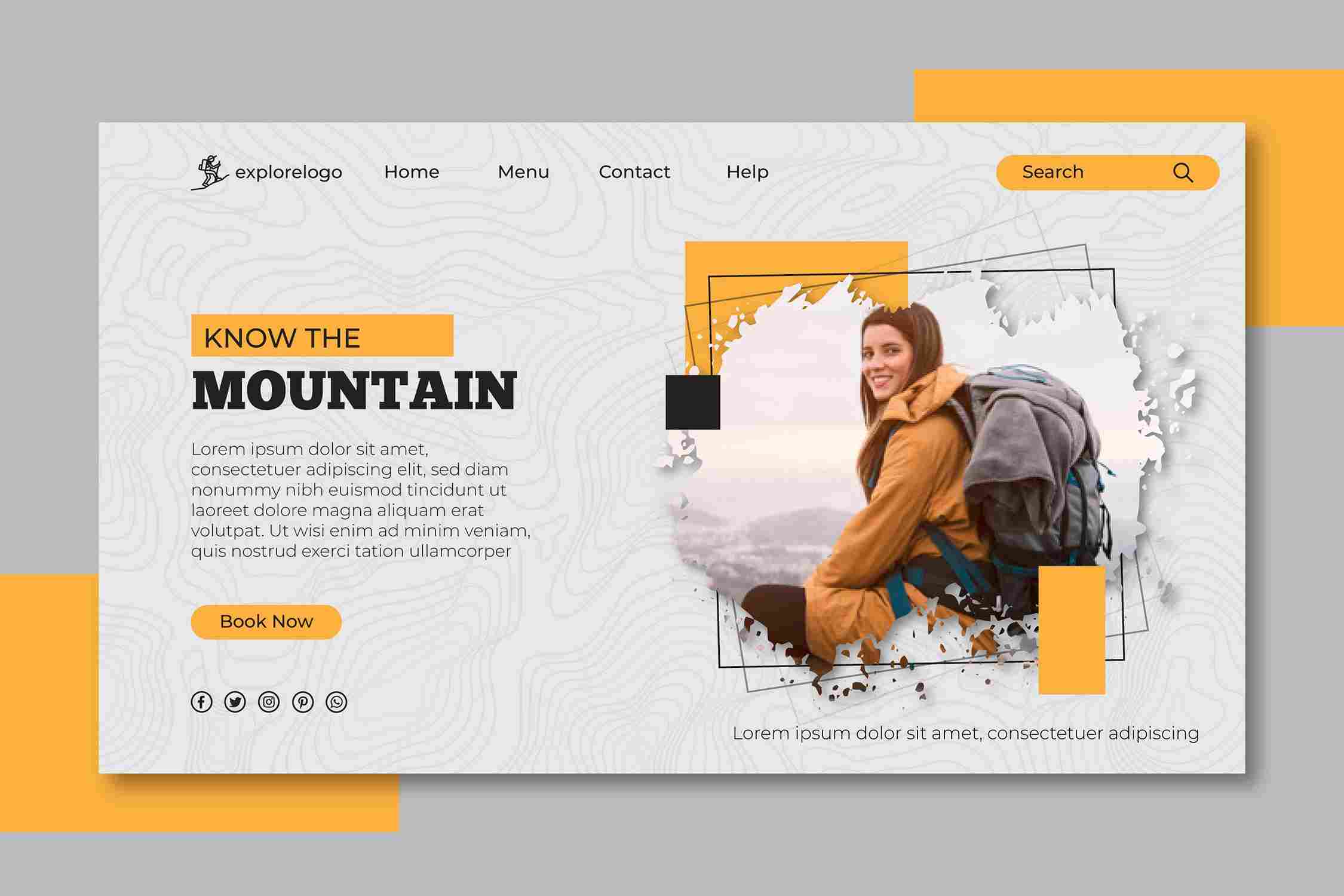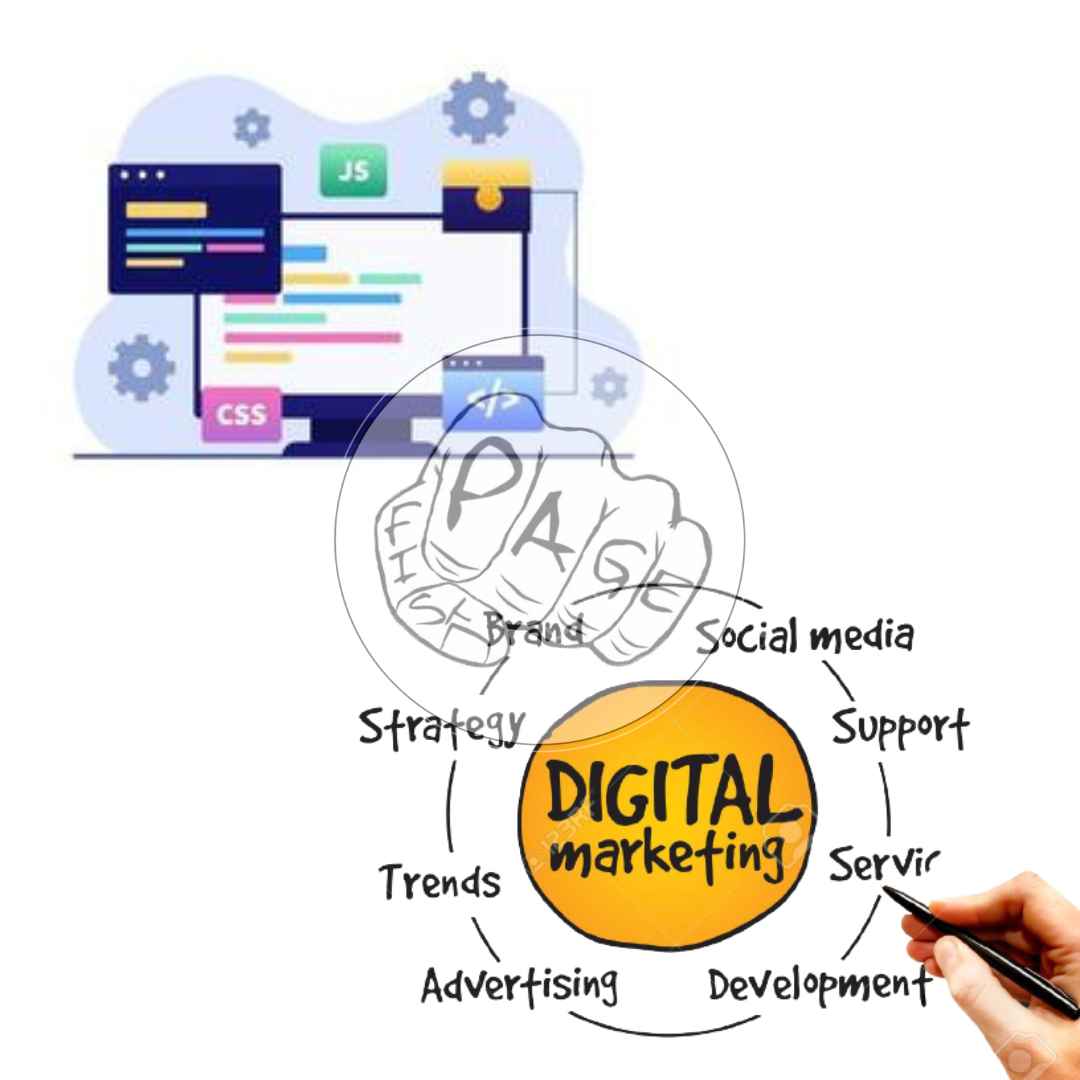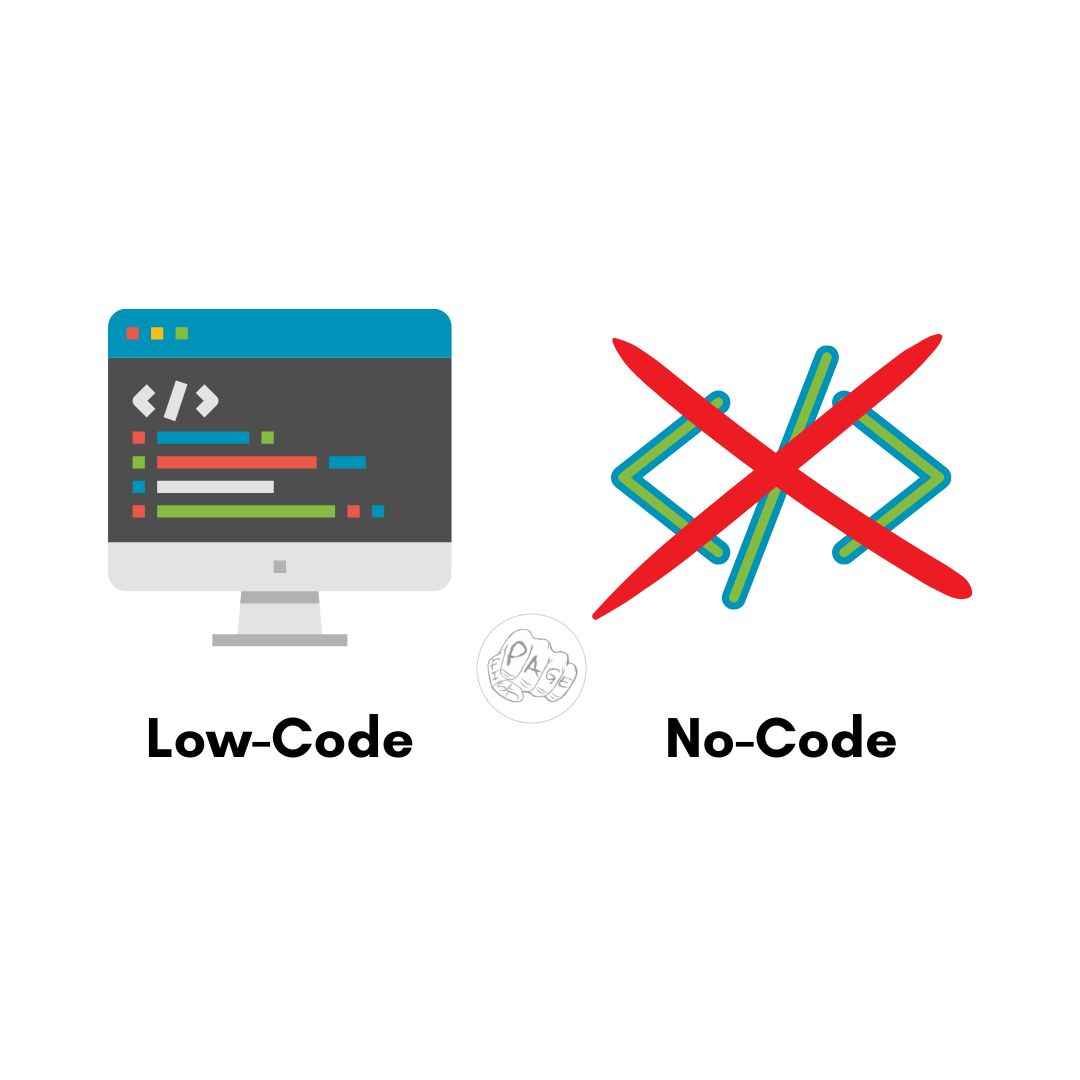What is a Portfolio Website?
A portfolio website is a digital showcase of your skills, achievements, and projects. It allows you to present your work to potential clients, employers, or collaborators in a professional and engaging way. A portfolio website can help you stand out from the crowd, demonstrate your expertise, and increase your visibility online.
A portfolio website is a digital showcase of your work, skills, and achievements. It is a powerful tool to market yourself online, attract potential clients or employers, and demonstrate your value and expertise.
A portfolio website can include various types of content, such as:
- Samples of your work, such as projects, designs, articles, videos, etc.
- Testimonials or reviews from your clients or collaborators
- Awards or recognitions that you have received
- Your resume or CV
- Your contact information and social media links
- A blog or a newsletter where you share your insights and opinions
Why do you need a portfolio website?
A portfolio website can help you achieve various goals, such as:
- Building your personal brand and online presence
- Showcasing your unique style and voice
- Highlighting your strengths and accomplishments
- Providing proof of your work quality and value
- Establishing trust and credibility with your audience
- Generating leads and opportunities for collaboration or employment
- Networking with other professionals in your field
- Learning new skills and improving your craft
How to create a portfolio website?
Creating a portfolio website can be a fun and rewarding process, but it also requires some planning and preparation. Here are some steps to follow:
- Define your purpose and audience: What do you want to achieve with your portfolio website? Who do you want to reach and impress? These questions will help you decide what type of content to include, how to organize it, and what tone and style to use.
- Choose a platform and a domain name: There are many options for creating a portfolio website, from using a website builder or a CMS (content management system) to coding it from scratch. Choose the one that suits your needs, budget, and skill level. You also need to pick a domain name that reflects your brand and is easy to remember and spell.
- Select and curate your content: This is the most important part of your portfolio website. You need to choose the best examples of your work that showcase your range, skills, and value. You also need to curate them in a way that tells a story, highlights your achievements, and showcases your personality. You can use categories, tags, filters, or portfolios to organize your content.
- Design and optimize your website: Your portfolio website should look professional, attractive, and user-friendly. You need to consider aspects such as layout, color scheme, typography, navigation, responsiveness, loading speed, SEO (search engine optimization), and accessibility. You can use templates, themes, plugins, or custom code to enhance the design and functionality of your website.
- Publish and promote your website: Once you are happy with your portfolio website, it's time to launch it and share it with the world. You need to register your domain name, choose a hosting provider, and upload your files to the server. You also need to promote your website through various channels, such as social media, email marketing, online forums, etc.
A portfolio website is more than just a collection of your work. It is a reflection of who you are as a professional and as a person. It is an opportunity to showcase your talents, passions, and values. It is a way to connect with your audience and create lasting impressions.
If you want to create a portfolio website that stands out from the crowd, follow these tips and best practices:
- Keep it simple and focused: Don't overload your portfolio website with too much information or too many elements. Focus on the essentials and make sure everything is relevant and clear.
- Update it regularly: Your portfolio website should reflect your current work and achievements. Make sure to add new content, remove outdated or irrelevant content, and fix any errors or bugs.
- Be authentic and original: Your portfolio website should showcase your unique voice and style. Don't copy or imitate others. Be yourself and let your personality shine through.
- Ask for feedback: Your portfolio website is not only for yourself but also for others. Ask for feedback from your peers, mentors, clients, or employers. Listen to their opinions and suggestions and use them to improve your portfolio website.
Share This Post
Related Articles
Elevate Your Web Development and Digital Marketing Game with PAGEFIST
Discover how PAGEFIST, a leading web development company, can supercharge your web presence and digital marketing efforts. Explore industry-specific expertise and cutting-edge services!
Low-Code/No-Code Development Empowers Non-Developers to Create Applications Easily
Explore the revolutionary trend of low-code and no-code development that is enabling individuals without coding experience to build functional applications effortlessly. Discover how these platforms bridge the gap between technical and non-technical users and revolutionize the way applications are created.
Explain what are the key responsibilities of a Web Developer?
A web developer is a professional who designs, builds, and maintains websites and web applications.
Payment Gateway Integration: A Comprehensive Guide
Learn how to seamlessly integrate payment gateways like PayU, Instamojo, CCAvenue, and more into your website or app. Enhance security, streamline transactions, and boost customer satisfaction with our comprehensive guide.
Choosing the Perfect Web Development Framework: A Comprehensive Guide
Discover the ideal web development framework for your project! Dive into a comprehensive guide on popular options like Django, Next.js, Yii, ASP.NET MVC, and more. Make the right choice today!
Related FAQ
No related FAQ.
Say Hello
To Your Dream





